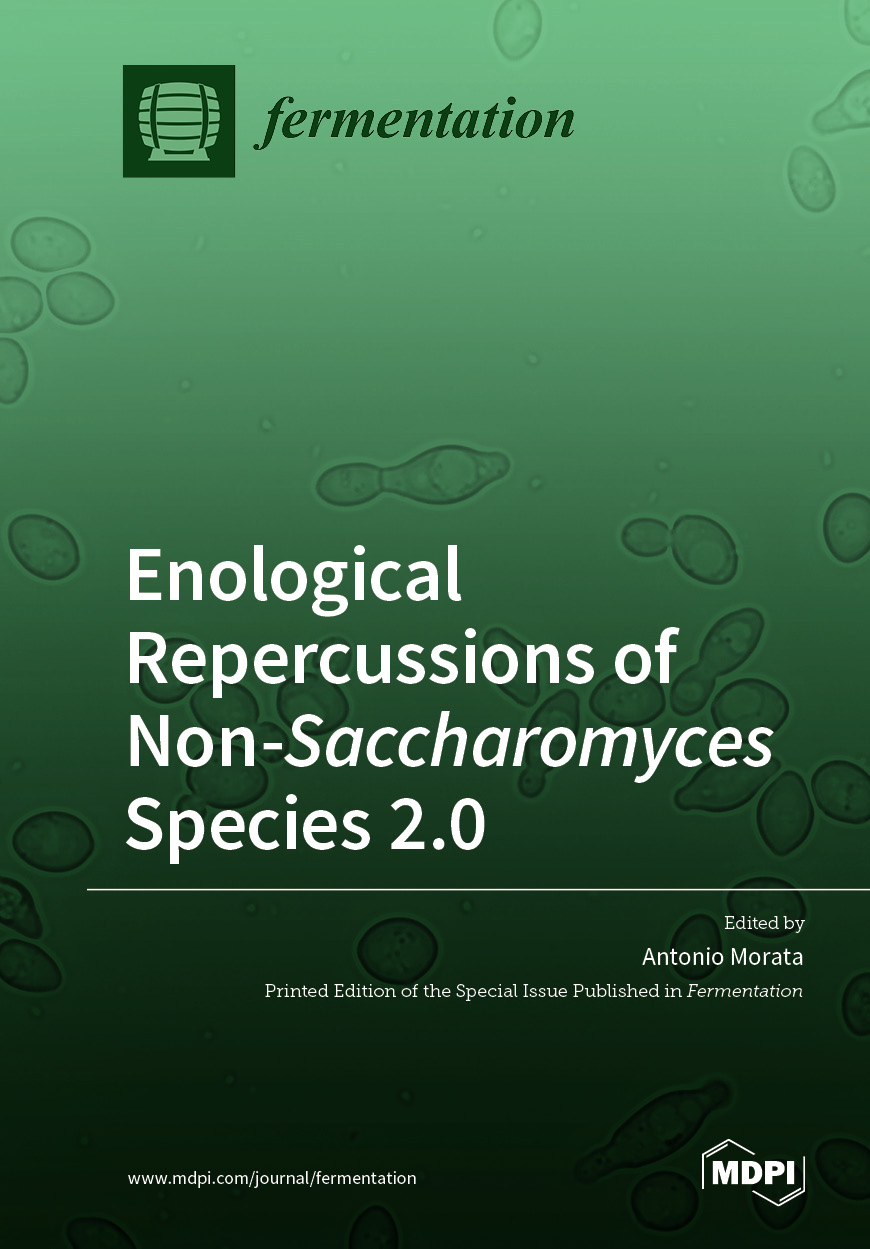Enological Repercussions of Non-Saccharomyces Species 2.0

Download Url(s)
https://mdpi.com/books/pdfview/book/3602Contributor(s)
Morata, Antonio (editor)
Language
EnglishAbstract
The use of non-Saccharomyces yeast species is currently a biotechnology trend in enology for which they are being broadly used to improve the sensory profile of wines because they affect aroma, color, and mouthfeel. They have become a powerful biotool to modulate the influence of global warming on grape varieties, helping to maintain the acidity, decrease the alcoholic degree, stabilize wine color, and increase freshness. In cool climates, some non-Saccharomyces can promote demalication or color stability by the formation of stable derived pigments. Additionally, non-Saccharomyces yeasts open new possibilities in biocontrol for removing spoilage yeast and bacteria or molds that can produce and release mycotoxins and, thereby, help in reducing applied SO2 levels.
Keywords
Metschnikowia pulcherrima; Lachancea thermotolerans; Torulaspora delbrueckii; Grenache; Graciano; ochratoxin A (OTA); mycotoxins; biogenic amines (BAs); ethyl carbamate (EC); organic wines; non-Saccharomyces; alcohol reduction; native yeast; sequential fermentation; wine; uninoculated fermentation; yeast; sulphur dioxide; non-Saccharomyces yeasts; mixed starter cultures; fermentation; Sangiovese; sensory analysis; antimicrobial peptides; Brettanomyces bruxellensis; Candida intermedia; Pichia guilliermondii; reactive oxygen species; Hanseniaspora vineae; alcoholic fermentation; ageing on lees; polysaccharides; white wines; winemaking; aging-on-lees; yeast assimilable nitrogen; Saccharomyces non-cerevisiae; ethanol; glycerol; glycolysis; pyruvate kinase; fermentation evolution clade; sensory improvement; dealcoholization; SO2; grape variety; Schizosaccharomyces pombeWebshop link
https://mdpi.com/books/pdfview ...ISBN
9783036501505, 9783036501512Publisher website
www.mdpi.com/booksPublication date and place
Basel, Switzerland, 2021Classification
Technology: general issues

